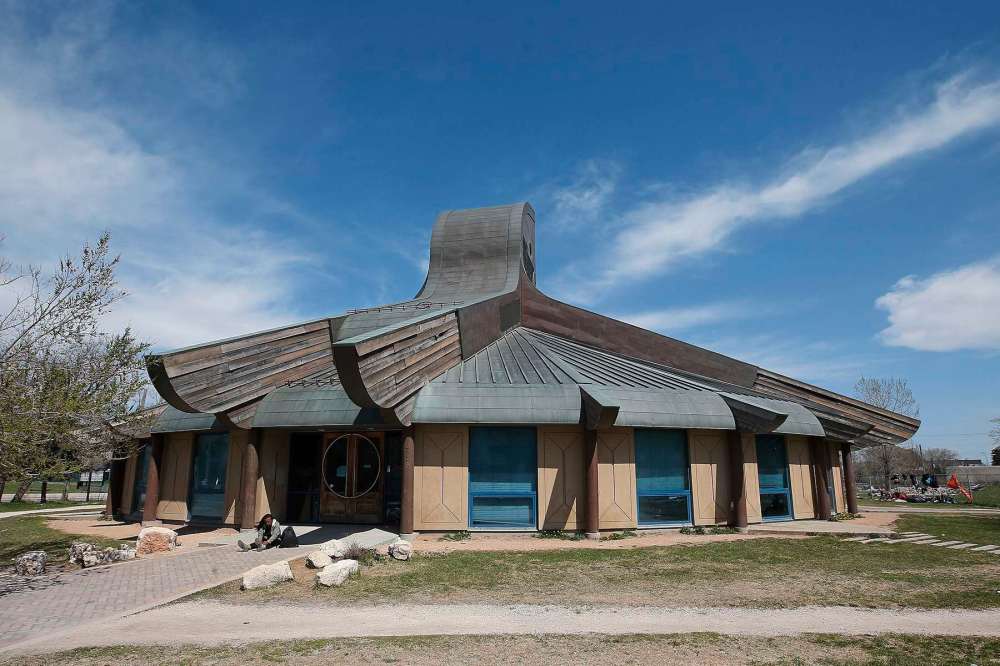Plan turns Thunderbird House into ‘place of hope’
Advertisement
Hey there, time traveller!
This article was published 30/12/2020 (1751 days ago), so information in it may no longer be current.
If all goes according to plan, Thunderbird House will once again be a centre of healing for Indigenous Winnipeg residents, come summer.
Local organizations are leading a proposal to transition the site, located at the intersection of Main Street and Higgins Avenue, to a residential space for individuals experiencing barriers to shelter, employment and healing. Programs will be available to provide access to traditional healers and spiritual help.
Currently, the building is being leased until August 2021 as a COVID-19 testing site. In the past, it was used to host gatherings and traditional ceremonies.

The project, temporarily named “the Village,” proposes that 22 tiny homes be established on the property surrounding Thunderbird House. The goal is to create a safe space for all tenants. They would be allowed to reside in the Village until they feel they are prepared to move on, according to the executive director of Ma Mawi Wi Chi Itata Centre, one of the organizations at the forefront of the project.
“Some people will stay for a very short period of time and move on, and others may take a little bit more time. And it will most likely depend on their level of trauma, and the level of healing that needs to be provided,” Diane Redsky said. “That’s a really important and critical part of the project — is that you can’t rush healing.”
Redsky explained the uniqueness of the Village lies in its focus on healing.
“This project is … targeted towards our Indigenous brothers and sisters who are homeless, and it creates those healing opportunities so that they can address the root causes that brought them into homelessness, and the healing opportunities will build their capacity to be able to be successful in their new homes,” she said.
In addition to the project, with funding from the City of Winnipeg’s Places to Go initiative — which will see the installation of multiple public washrooms in the city — a permanent public restroom will be established on site.
Project organizers are applying for funding from the federal government’s Rapid Housing Initiative and Reaching Home: Canada’s Homelessness Strategy, as well as the Province of Manitoba. Each of the organizations involved also bring their own level of operating funds and resources to the project, according to Redsky.
“It takes a village to build a village,” she said. “We really wanted to come together to really target the root causes of why people are experiencing … homelessness in the first place.”
Some Indigenous peoples who relocate to cities, such as Winnipeg, are confronted by barriers, which may contribute to housing and/or economic insecurities. Damon Johnston, the interim executive director of Thunderbird House, said this is another reason why the Village is necessary.
“There are so many things in the city that make it difficult for human beings to survive. And I think the growing homeless population in Winnipeg is some evidence of that.
“You’ve gotta create places of hope,” he said. “This is so important to the future of the city.”




